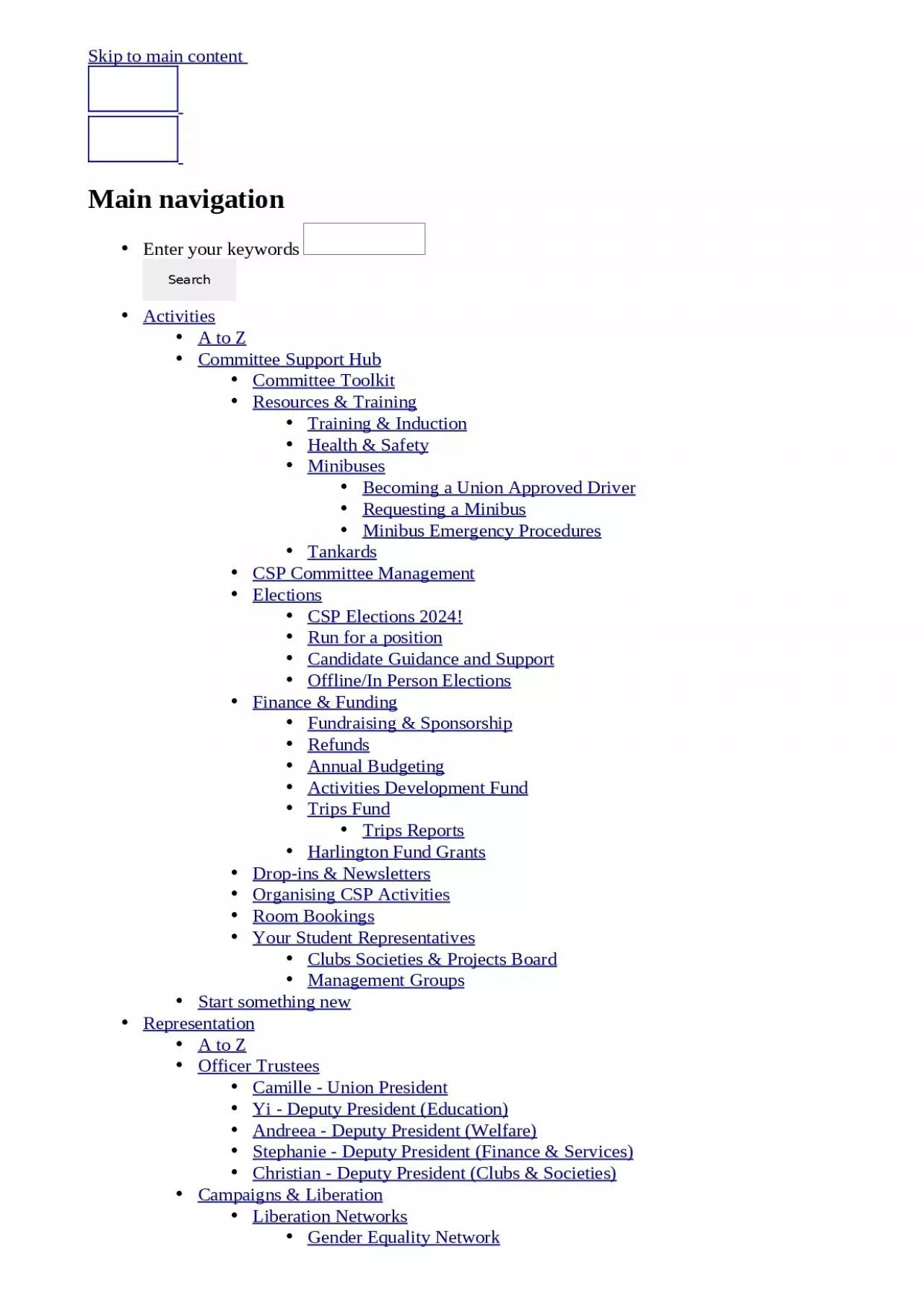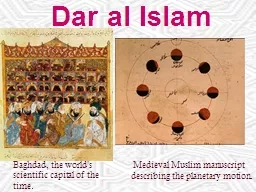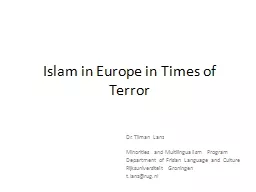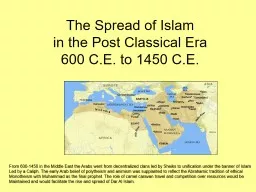PPT-By Rayyan Islam Genetics 2
Author : lam | Published Date : 2022-06-18
14122021 overview My focus is on teaching you concepts you dont get yet Well be skipping rote learning content make sure you cover them though Phenotypic Variability
Presentation Embed Code
Download Presentation
Download Presentation The PPT/PDF document "By Rayyan Islam Genetics 2" is the property of its rightful owner. Permission is granted to download and print the materials on this website for personal, non-commercial use only, and to display it on your personal computer provided you do not modify the materials and that you retain all copyright notices contained in the materials. By downloading content from our website, you accept the terms of this agreement.
By Rayyan Islam Genetics 2: Transcript
Download Rules Of Document
"By Rayyan Islam Genetics 2"The content belongs to its owner. You may download and print it for personal use, without modification, and keep all copyright notices. By downloading, you agree to these terms.
Related Documents














